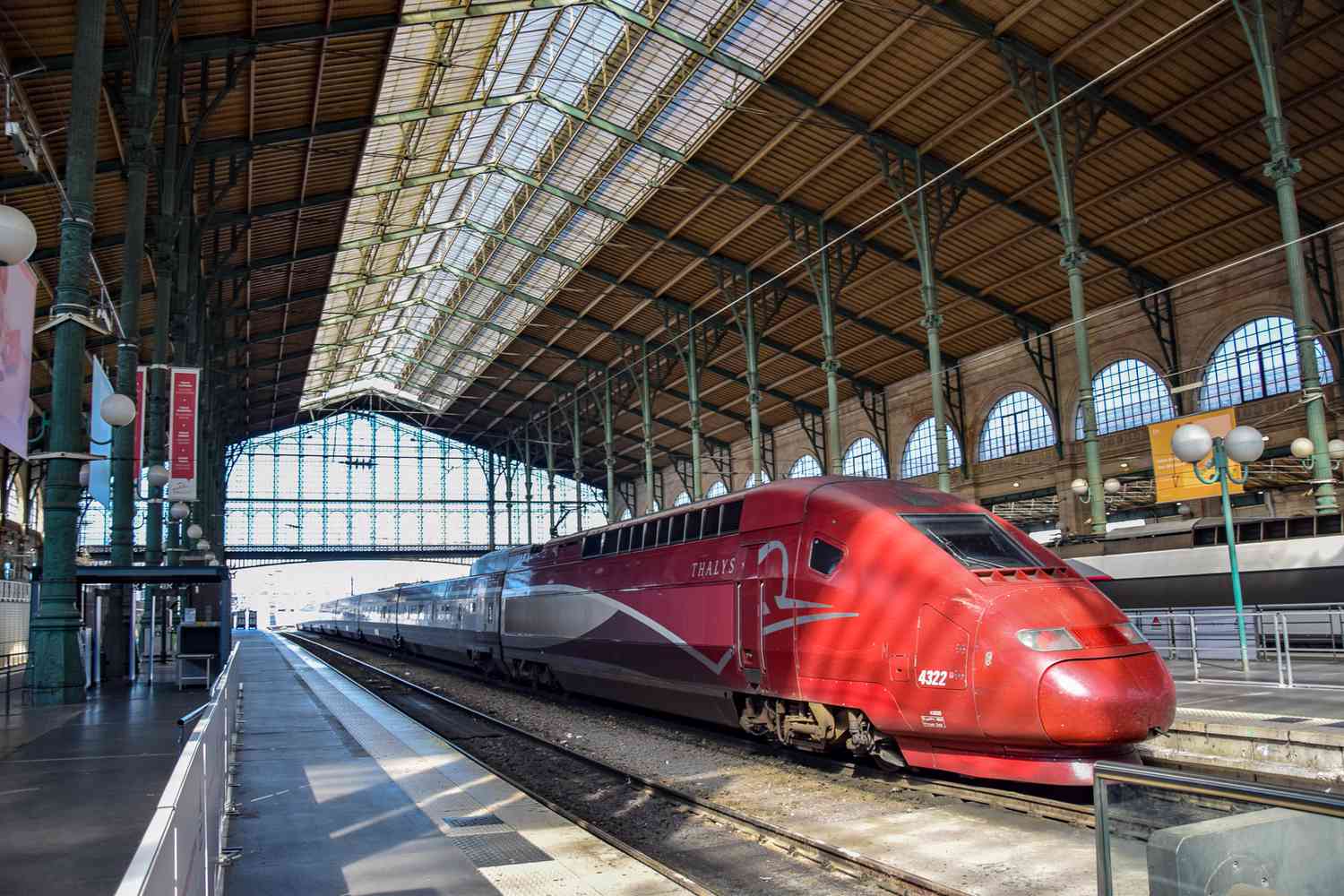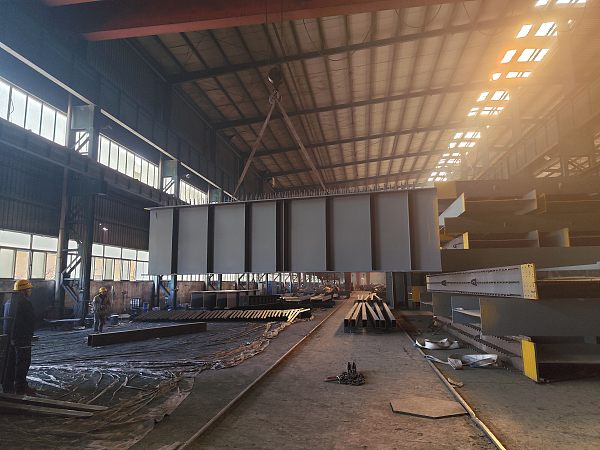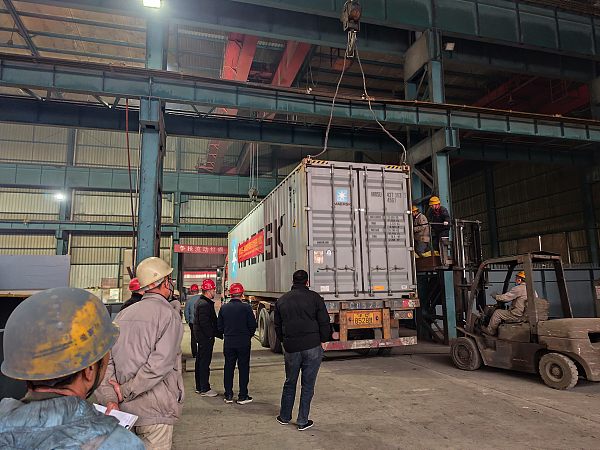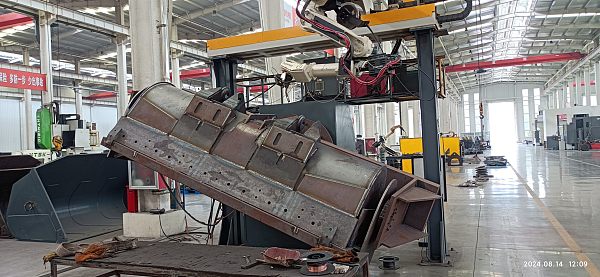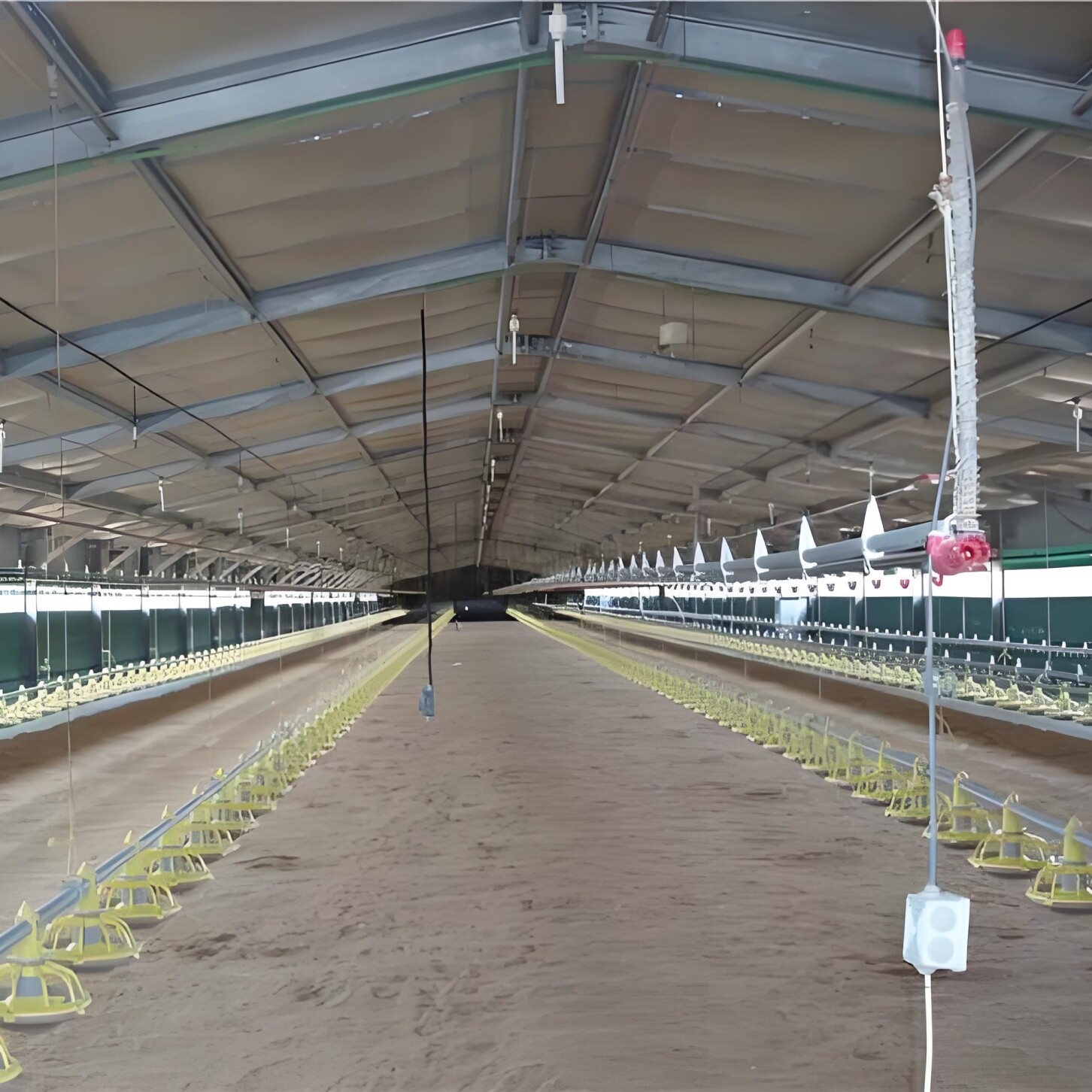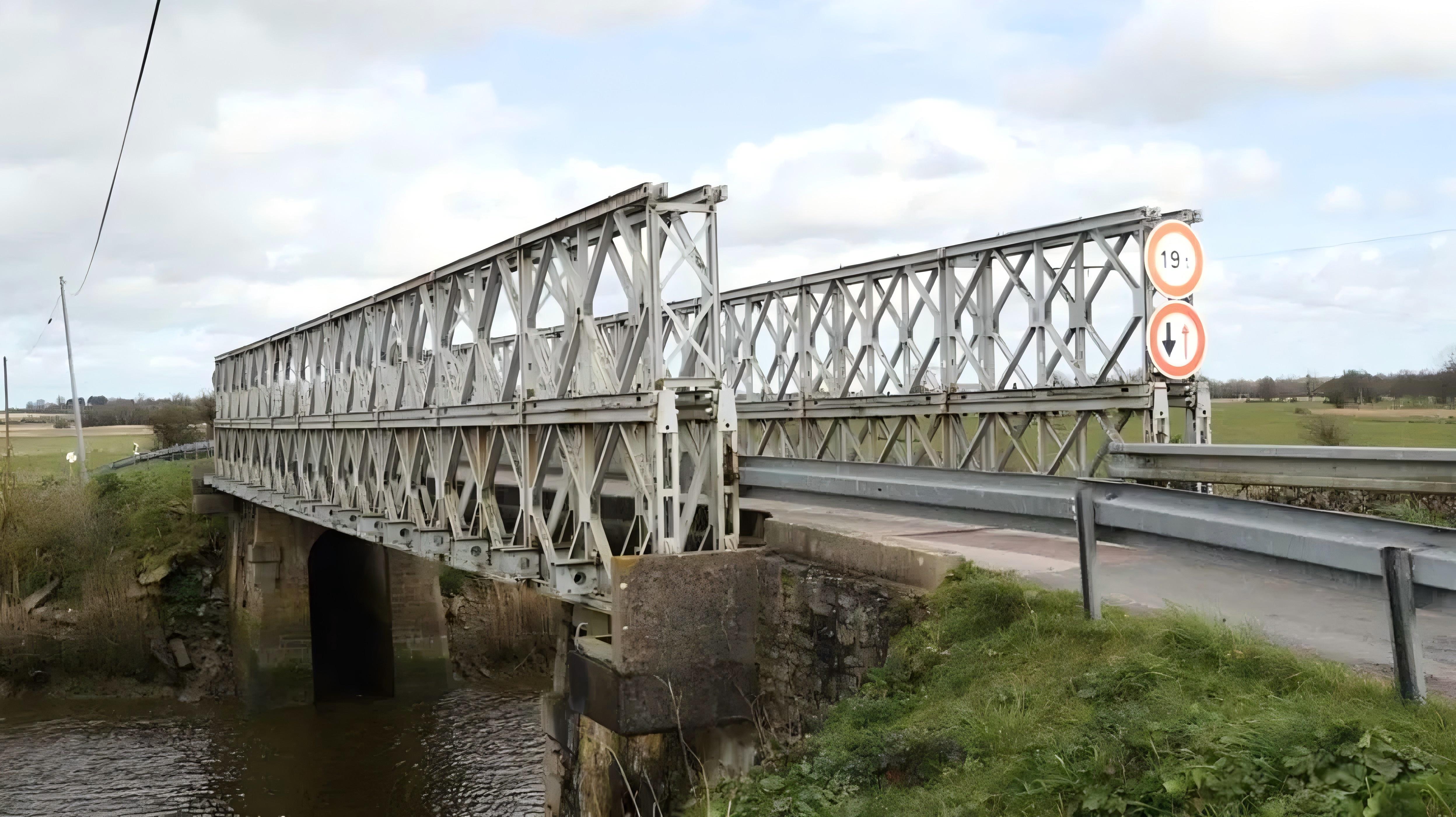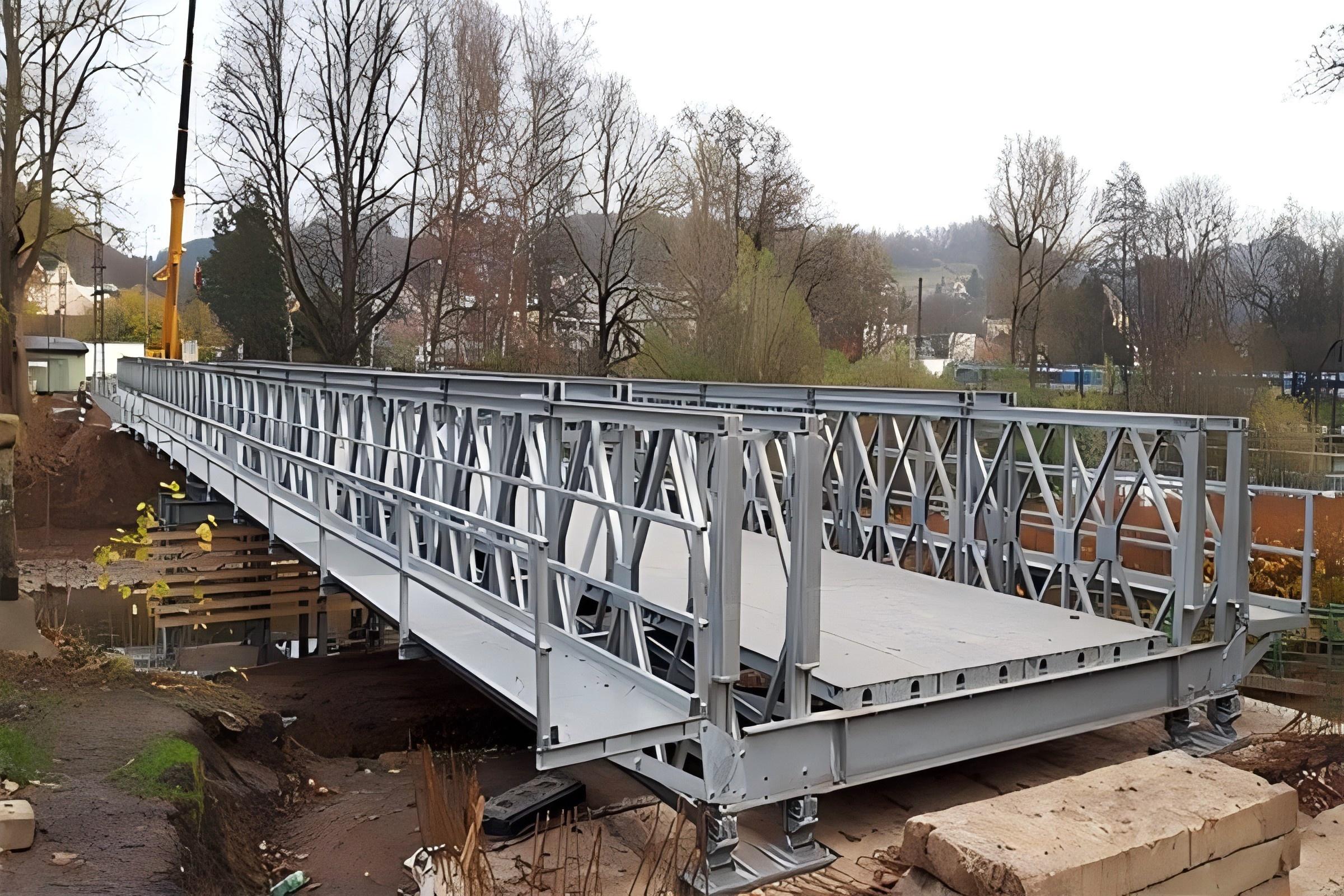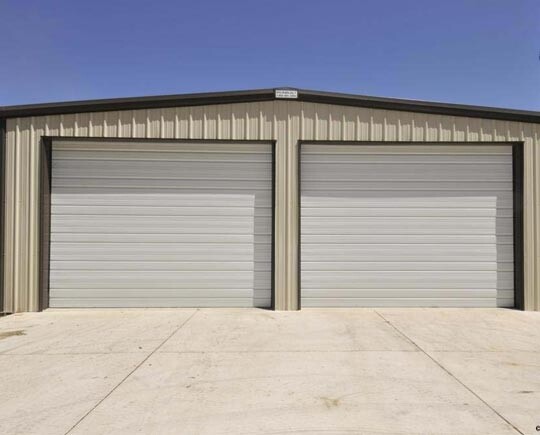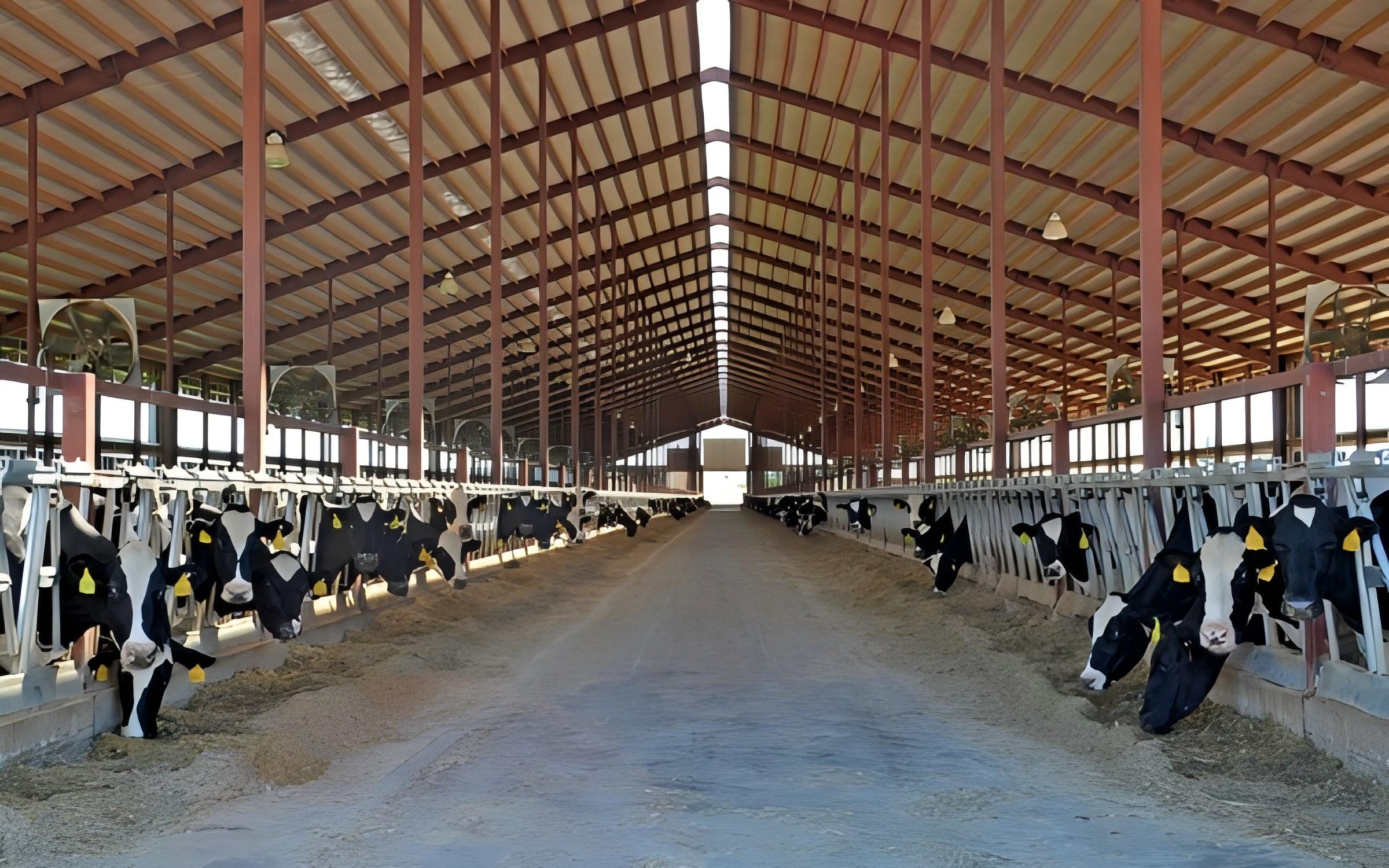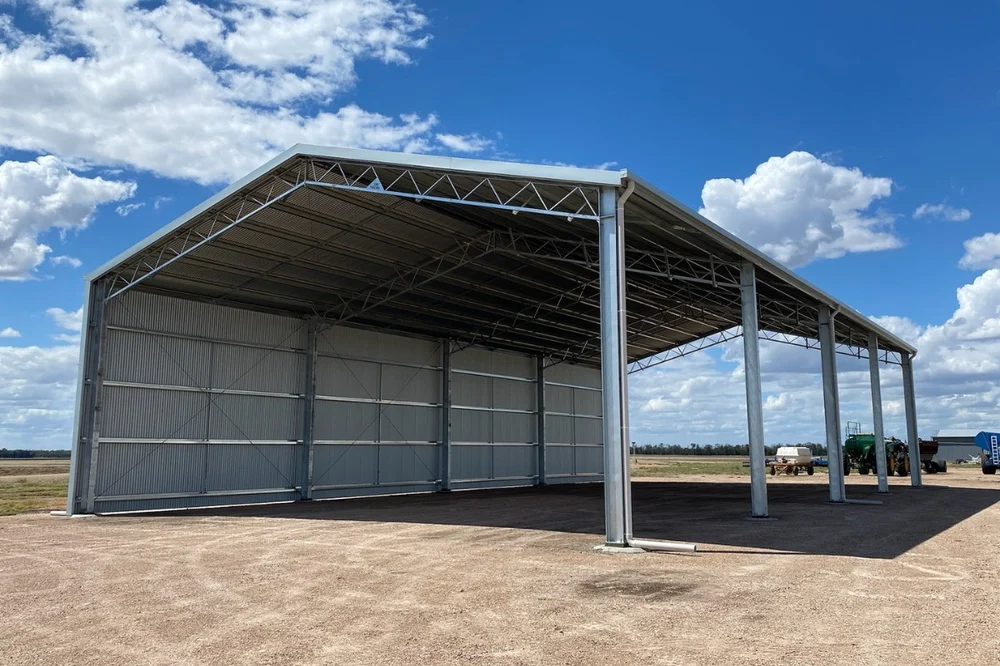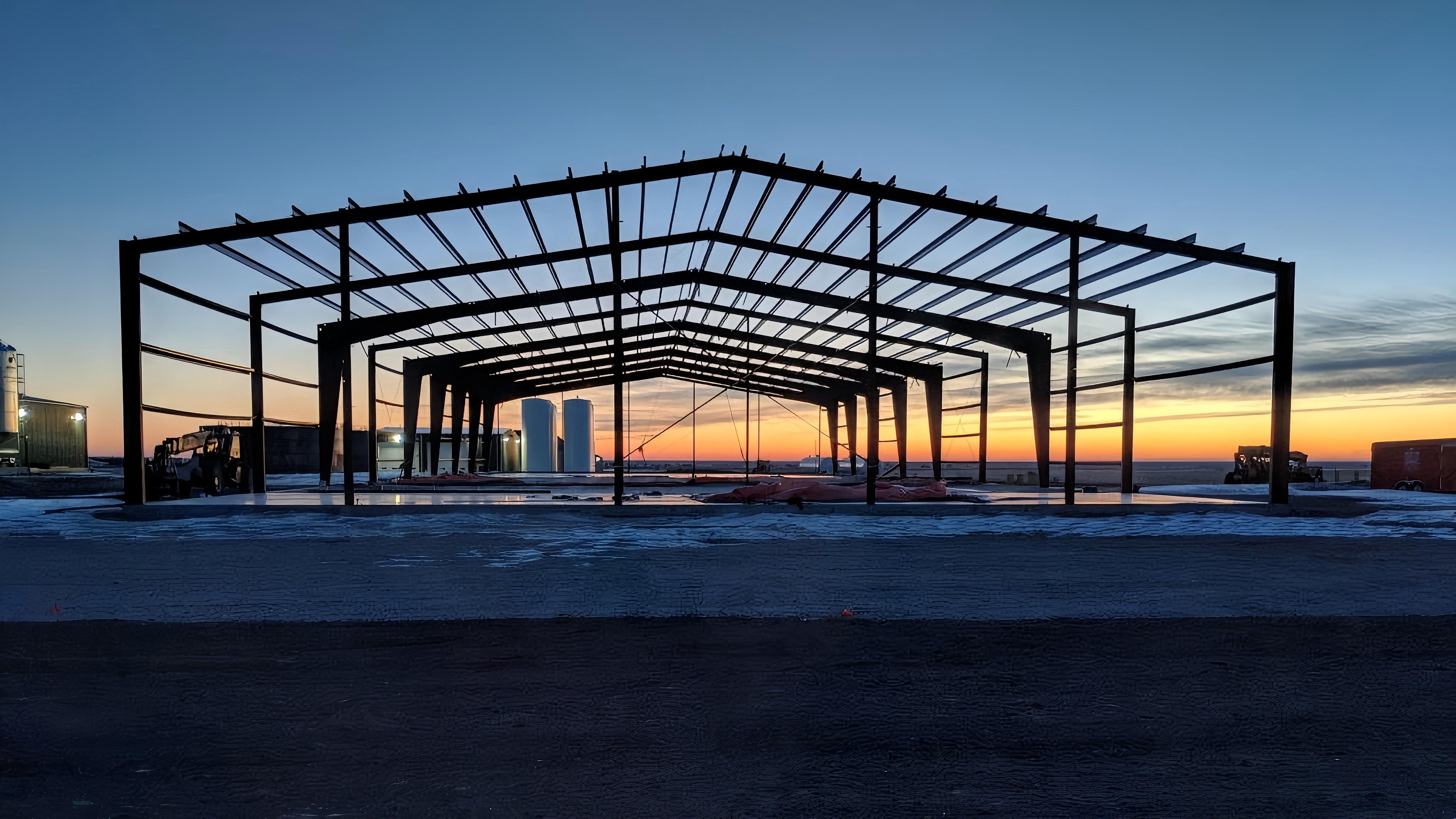- PRODUCT CENTER -
Leave A Message
Product Parameters

Steel structures are widely used and critical in railway stations. Due to their high strength, large span, fast construction and strong plasticity, they have become the first choice for modern transportation hub construction. The following is a summary of the main applications and characteristics:
1. Core applications of steel structures in railway stations
(1) Station roofs and roofs
Large-span spatial structures: steel trusses, grids, arches or cable-stayed structures (such as Beijing South Railway Station and Shanghai Hongqiao Railway Station) are used to achieve large column-free spaces and improve visual transparency and functionality.
Lightweight design: Steel has high strength, which can reduce support columns and adapt to complex shapes (such as curved glass curtain walls with steel frames).
(2) Platform canopies
Covering long platforms: steel trusses or tensile membrane structures (such as Guangzhou South Railway Station) provide sunshade and rain protection, with a span of up to tens of meters.
Modular construction: prefabricated steel components are quickly assembled to reduce interference with railway operations.
(3) Main support frame
High-rise waiting halls: steel columns + steel beam frames support multi-layer spaces (such as Shenzhen North Railway Station), with better seismic performance than concrete.
Exterior facade skeleton: Combination of steel structure and glass/metal curtain wall to create a modern feel (such as Hangzhou East Station).
(4) Overpasses and corridors
Overpasses: Steel box beams or truss structures span the track, connecting the platform and the waiting hall (such as Wuhan Station).
Fast construction: Prefabrication in the factory, on-site hoisting, suitable for the transformation of existing lines.
(5) Ancillary facilities
Signage system: Steel frames support large electronic screens or guide signs.
Lighting and decoration: Steel lamp posts, art installations (such as the "tripod"-shaped roof of Zhengzhou Station).
2. Core advantages of steel structures
Strength and span: Suitable for the large space requirements of railway stations, reducing column obstructions.
Construction efficiency: Prefabrication and assembly shorten the construction period (such as the part of the structure of Xiongan Station only takes a few months).
Earthquake resistance: Steel has good ductility and is commonly used in high-intensity areas (such as Japan's Shinkansen stations).
Sustainability: Recyclable and reduces construction waste.
3. Key technical points
Anti-corrosion and fire prevention: hot-dip galvanizing, fire-retardant coating treatment (such as high-speed rail stations need to meet 1-2 hours of fire resistance limit).
Node design: high-strength bolts or welding to ensure stability (such as complex roof truss nodes).
Wind load and snow load: large-span roofs require special calculations (such as enhanced snow pressure design for stations in Northeast China).
4. Typical cases
Beijing Daxing International Airport Station: integrated design of steel grid roof and integrated transportation hub.
New York Grand Central Station: century-old steel truss structure demonstrates durability.
Chhatrapati Shivaji Station in Mumbai, India: Victorian-style steel vault, listed as a world heritage site.
5. Future trends
Intelligence: BIM technology optimizes steel structure design and construction.
Greening: photovoltaic roof + steel structure (such as Rotterdam Station in the Netherlands).
Composite materials: steel-glass, steel-carbon fiber hybrid application (such as Saudi Haram High-speed Railway Station).
Summary
Steel structures play an irreplaceable role in railway stations from the main body to the details, taking into account both functionality and aesthetic value, and are particularly suitable for the needs of rapid construction in the era of high-speed rail. With technological advances, their application will be more efficient, environmentally friendly and intelligent.
Packaging and Transportation
Instruments and Equipment
FAQ
Q: How can I get a quote for my project?
Q: How long can I get the price?
Q: Can we visit your factory?
Q: Do you provide customized product services?
Q: Where is the loading port?
Q: How to package the product?
Q: What if I have no import experience?
Q: Can you provide on-site installation service?
Q: How long is the delivery time?
Q: What is your payment terms?
Q: How can I place an order if my trial order does not reach your MOQ?
Q: How do you control product quality?
Contact Us
RELATED PRODUCTS
TOUCH WITH US

